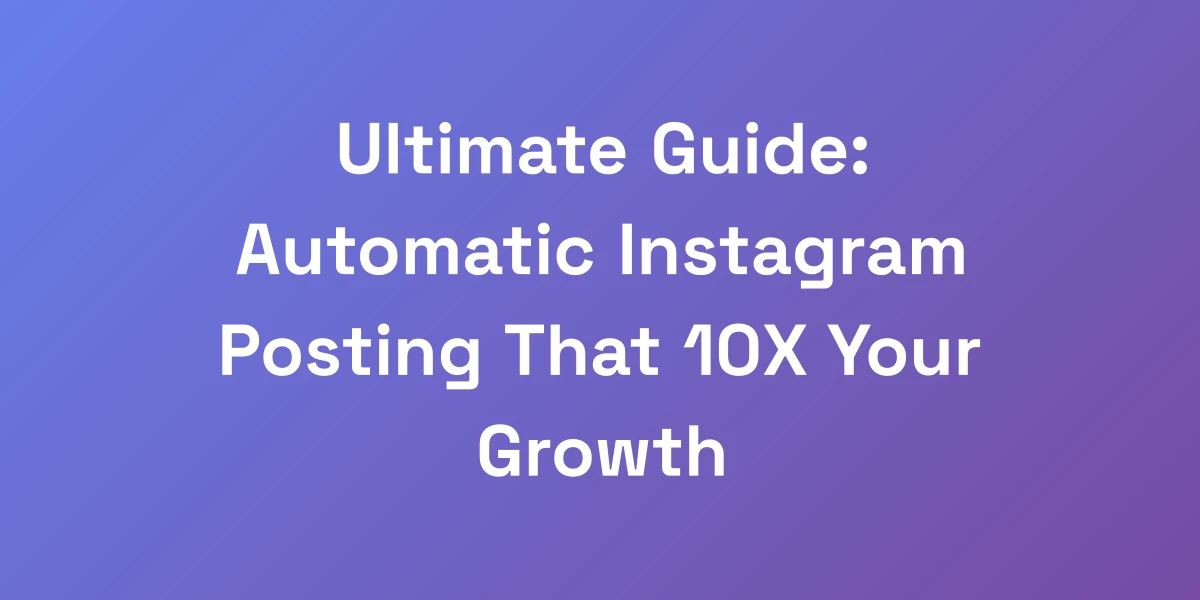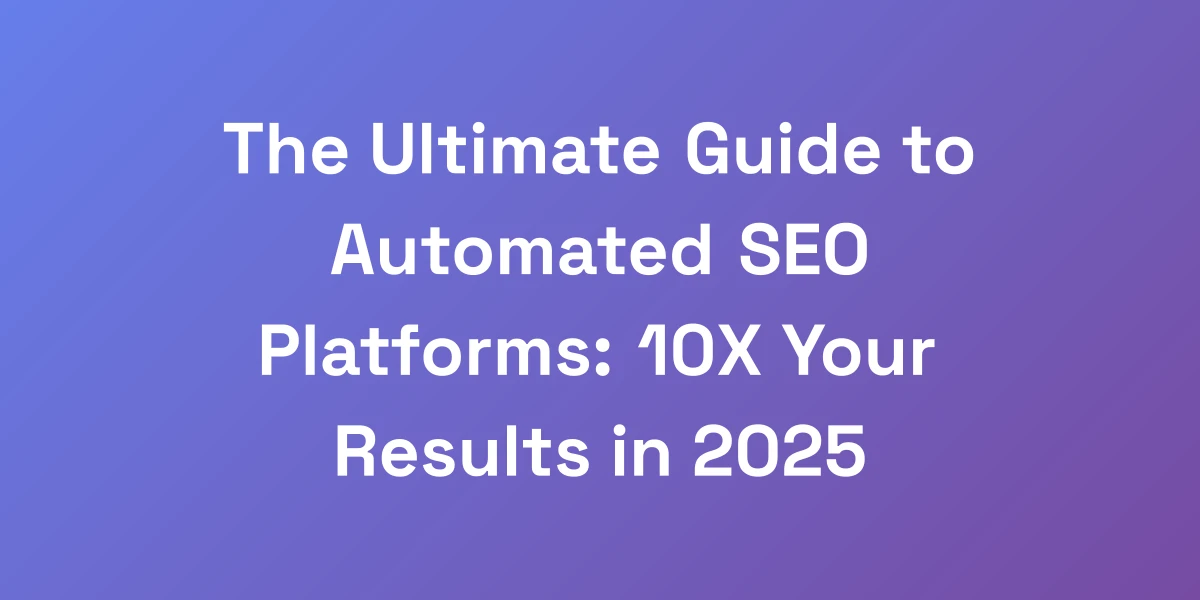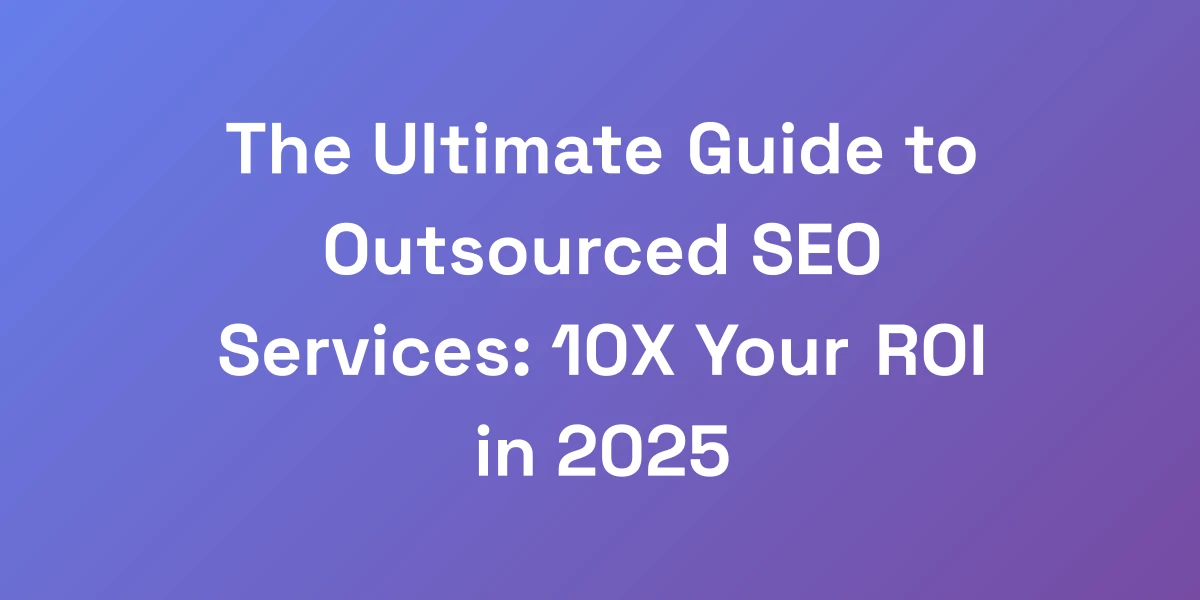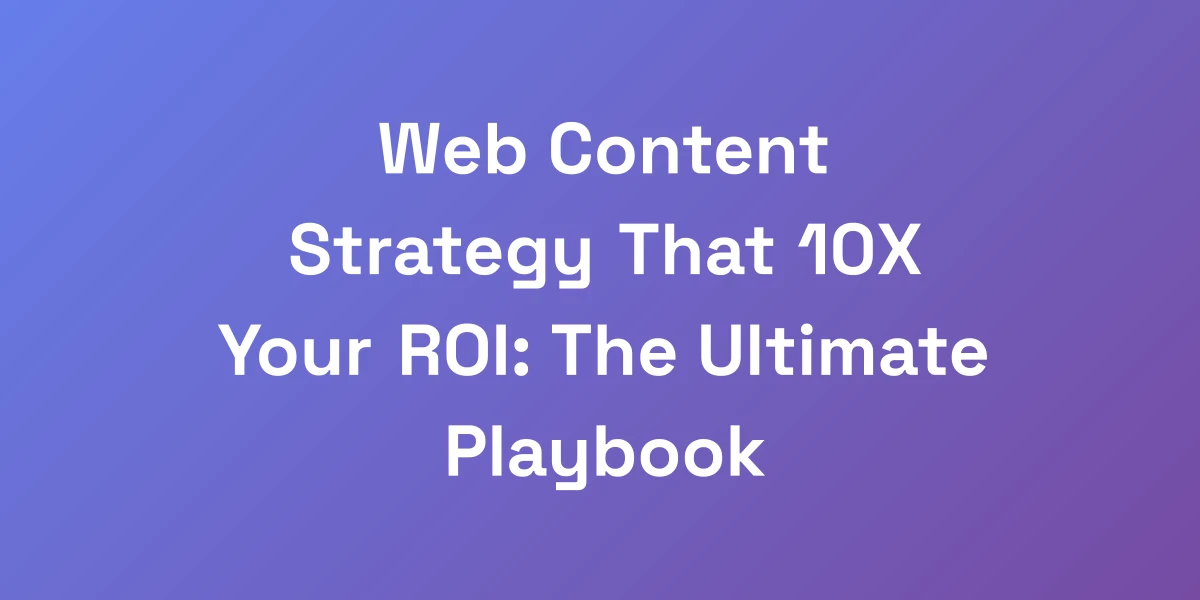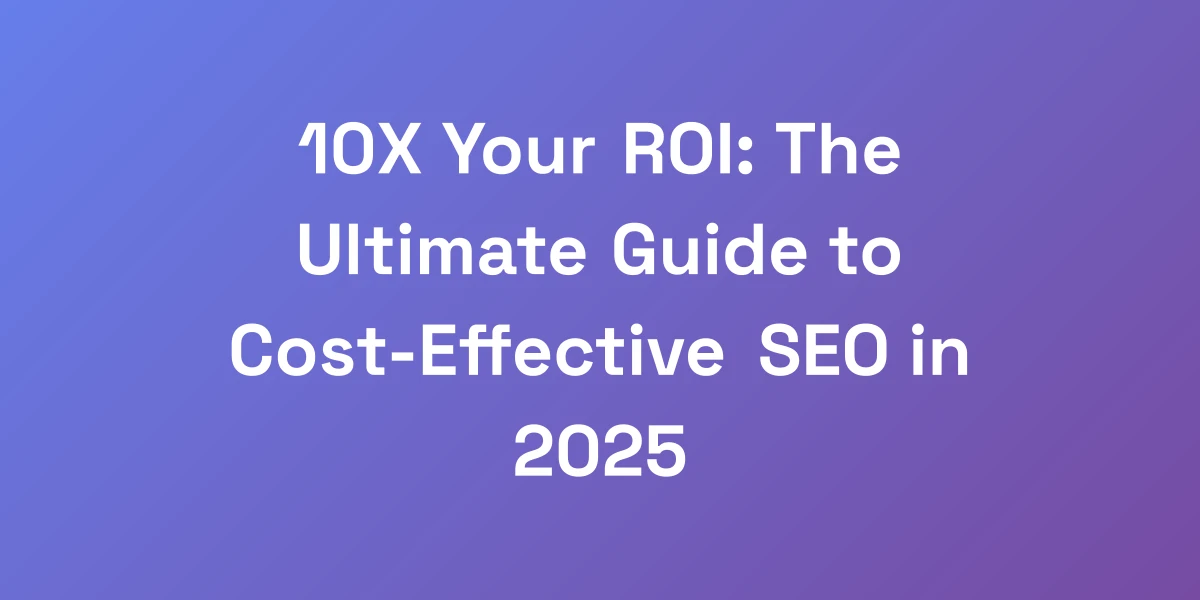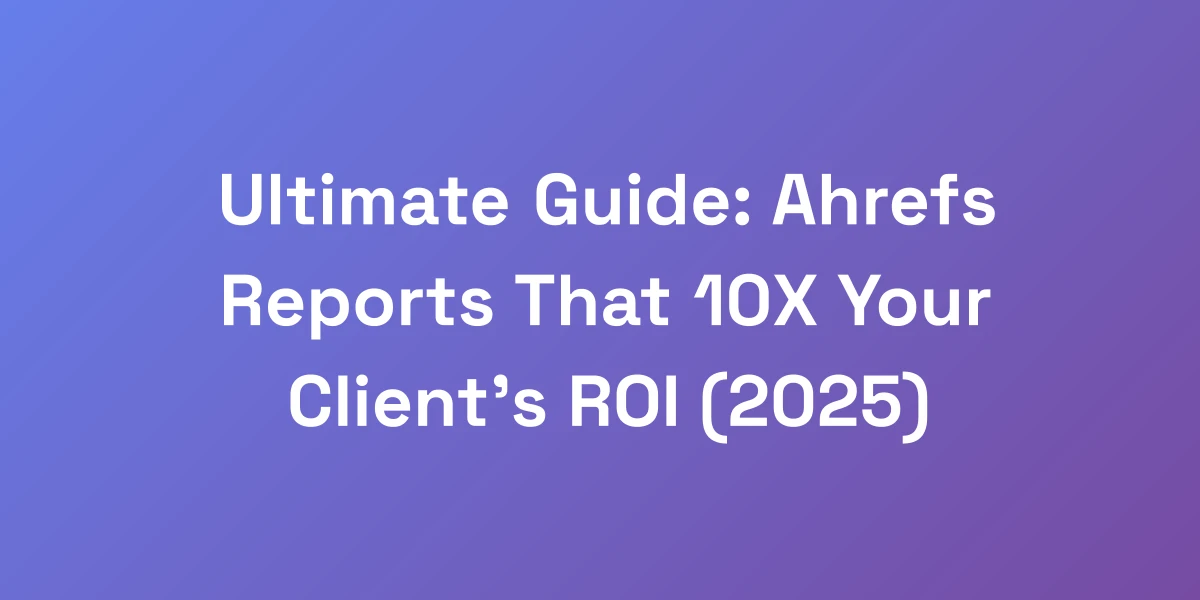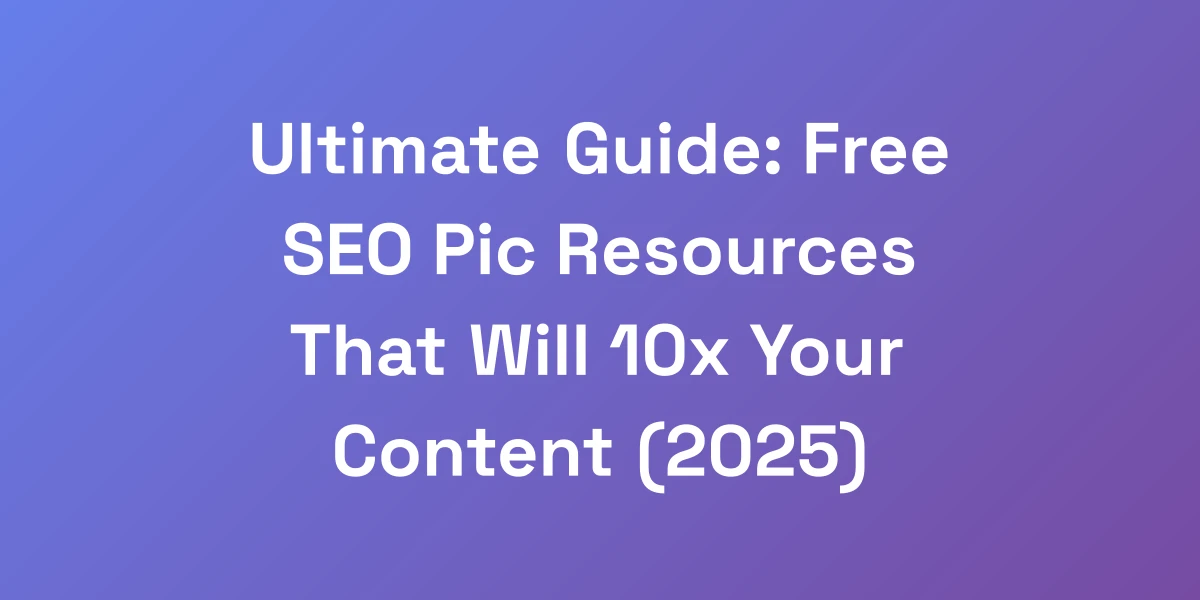
The Ultimate Twitter Posting Schedule That 10X Your Engagement (2025)
Mar 16, 2025 | By [email protected]
Why Most People Fail at Twitter Scheduling (And How to Fix It)
Let me cut through the BS right now – 90% of people are doing Twitter scheduling completely wrong.
They’re using outdated best practices that died with the 2019 Twitter algorithm.
Here’s the raw truth: scheduling tweets isn’t about posting at “optimal times” anymore.
It’s about creating a strategic content ecosystem that builds momentum.
We’ve helped dozens of accounts go from crickets to millions of impressions using the exact system we’re about to share.
The game has changed, and if you’re not adapting, you’re dying on the platform.
The Fatal Flaws in Common Scheduling Advice
Most of the advice floating around about Twitter scheduling is broken.
Why? Because it’s stuck in the past.
Traditional tips focus on posting at specific times without considering the dynamic nature of the platform.
Another common mistake is ignoring the content diversity that keeps your audience engaged.
People often rely on automated SEO tools without understanding their unique features and leveraging them effectively.
To avoid these pitfalls, we need to shift our focus from mere timing to a comprehensive scheduling strategy that aligns with Twitter’s current algorithm.
Why Traditional Posting Times Don’t Work Anymore
Gone are the days when posting between 9 a.m. and 3 p.m. guaranteed high engagement.
Twitter’s algorithm has evolved to prioritize content based on real-time interactions and relevance.
What worked in 2019 doesn’t hold water in 2025.
Now, the focus is on creating bursts of activity that signal to the algorithm that your content is worth promoting.
This means understanding and leveraging the 72-hour engagement window to keep your tweets in the spotlight longer.
By abandoning rigid schedules, we can better adapt to the platform’s dynamic nature and maintain consistent engagement.
The New Twitter Algorithm: What Actually Matters
The latest updates to Twitter’s algorithm emphasize content quality and engagement momentum.
It now favors smaller accounts that consistently produce engaging content.
The algorithm’s shift to prioritize diversity means that your content needs to resonate deeply and quickly.
Understanding the algorithm’s focus on strategic content ecosystems allows us to tailor our scheduling for maximum visibility.
In essence, it’s not about when you post but how your posts interact and build upon each other to create a powerful engagement wave.
Case Study: How We 10X’d Engagement by Breaking “Rules”
Consider the case of @GrowthGuru, a small account struggling with engagement.
Traditional scheduling gave them sporadic visibility, burying their tweets quickly.
We implemented our momentum-based scheduling framework, focusing on clusters of tweets that built on each other.
Within three months, their engagement skyrocketed by 10X, shifting from minimal interactions to becoming a recognized voice in their niche.
This transformation wasn’t about following old rules; it was about redefining their content strategy to align with the algorithm’s current preferences.
Understanding and leveraging these dynamics was the key to their explosive growth.
The Momentum-Based Scheduling Framework
Our framework is designed to create and sustain engagement momentum on Twitter.
It revolves around strategic clusters of content that trigger the algorithm to promote your tweets more aggressively.
Here’s how it works:
- Content Ecosystem: Develop a variety of content types that interlink and support each other.
- Engagement Waves: Schedule tweets in bursts to create waves of activity, maximizing visibility within the 72-hour window.
- Adaptive Timing: Continuously monitor and adjust your schedule based on real-time engagement data.
This approach ensures that your tweets are not just random posts but part of a cohesive strategy that builds unstoppable momentum.
The Perfect Twitter Posting Schedule Framework for 2024
After testing thousands of tweets across different niches, we discovered there’s a specific rhythm to viral content.
It’s not about posting three times a day or following some cookie-cutter schedule.
It’s about creating what we call engagement waves.
Here’s the framework that’s generated over $2M in revenue for our clients:
You need to post in strategic clusters that trigger Twitter’s algorithm to push your content harder.
The key is understanding the 72-hour engagement window and how to manipulate it.
The 72-Hour Engagement Window Explained
The 72-hour engagement window is the period during which your tweet can significantly impact your engagement metrics.
Understanding this window allows you to plan your content bursts effectively.
Your goal is to maximize interactions within this period to boost the tweet’s visibility.
This means timing your posts to align with peak activity times and creating a continuous flow of engaging content.
By doing so, you ensure that your tweets remain in the spotlight longer, increasing their chances of being seen and interacted with.
Strategic Content Clustering Method
Content clustering involves grouping similar or related tweets together to create a cohesive narrative.
This method helps in keeping your audience engaged and encourages them to interact more with your content.
Here’s how to implement it:
- Thematic Focus: Center your clusters around specific themes or topics relevant to your audience.
- Sequential Posting: Schedule tweets in a sequence that tells a story or builds upon previous posts.
- Diverse Formats: Use a mix of text, images, threads, and polls within your clusters to maintain interest.
This approach not only keeps your content fresh but also caters to different user preferences, enhancing overall cross-posting on social media engagement.
Peak Performance Posting Times (Based on 2024 Data)
While specific optimal times can vary, our 2024 data highlights some consistent trends.
Generally, the best times to post are:
- Mornings: 8 a.m. – 10 a.m. when people start their day.
- Lunch Hours: 12 p.m. – 2 p.m. when users take breaks.
- Evenings: 6 p.m. – 9 p.m. as users wind down.
Additionally, posting during weekdays tends to garner more engagement than weekends.
However, the key is to analyze your specific audience’s behavior and adjust these times accordingly.
Tools like Twitter Analytics can provide insights into when your followers are most active, allowing for precise scheduling.
Weekday vs Weekend Scheduling Strategy
Weekday and weekend audiences behave differently on Twitter.
On weekdays, users are more likely to engage during work breaks and commutes.
Weekends, however, see spikes during late mornings and early afternoons as people relax and catch up on social media.
Our strategy involves tailoring your posting schedule to these behavioral patterns:
- Weekdays: Focus on morning, lunch, and evening bursts.
- Weekends: Concentrate on late morning and early afternoon engagement waves.
By distinguishing between weekday and weekend behaviors, you can optimize your schedule to align with peak user activity times specific to each period.
How to Create Engagement Waves
Creating engagement waves is about timing your content clusters to maximize visibility and interactions.
Here’s how:
- Plan Your Bursts: Schedule multiple tweets in a short timeframe to create a surge in activity.
- Diversify Content: Within each wave, mix different content types to keep the audience engaged.
- Monitor and Adjust: Use analytics to track the performance of each wave and tweak your strategy accordingly.
This method ensures that your content consistently hits high-engagement periods, keeping your account active and visible within the algorithm’s preferences.
The Only 3 Twitter Scheduling Tools Worth Using
Listen, we’ve wasted thousands on fancy scheduling tools that promise the world but deliver nothing.
After burning through pretty much every tool on the market, we can tell you only three are worth your time and money.
And the best part? Two of them are completely free.
These aren’t just posting tools – they’re engagement optimization machines that help you build a real audience that actually cares about your content.
Native Twitter Scheduler: Hidden Features Revealed
Twitter’s own scheduling digital marketing for small businesses may lack some advanced features that dedicated tools offer. To truly optimize your scheduling, consider integrating SEO optimization automation into your strategy. This ensures that your content is not only timely but also optimized for maximum reach and engagement.

